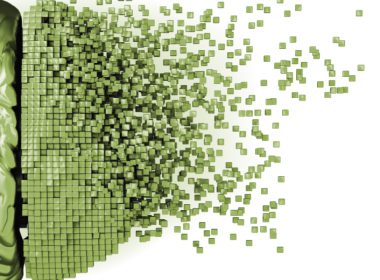Snapshot
- Lawyers should never put words into the mouths of witnesses and witness evidence of conversations should only use direct speech where the witness recalls the exact words spoken.
- Lawyers can test the veracity of their witnesses’ evidence and should assist witnesses to ensure their affidavits are well structured, succinct, relevant and admissible.
- Where a witness exactly recalls the words said, using direct speech is appropriate in affidavit evidence but lawyers should never use ‘words to the effect of’.
There has been a flurry of recent decisions highlighting the use of direct speech in witness evidence prepared by members of the NSW legal profession. These decisions indicate a growing judicial dissatisfaction with NSW witness evidence drafting practice. This dissatisfaction has less to do with the doctrine of direct speech and more to do with suspicion that some lawyers are drafting witness evidence without even speaking to the witnesses and essentially inventing the ‘evidence’. In such cases, the unsuspecting witness, perhaps bamboozled by the entire litigation process and trusting the expertise of the lawyer, then dutifully swears the statement, perhaps without even reading, let alone questioning, the veracity of their ‘evidence’.
Lawyers should never construct witness evidence
This was the chief concern of Thawley J in Girchow Enterprises Pty Ltd v Ultimate Franchising Group Pty Ltd (Final Hearing) [2023] FCA 420, who found:
‘the passages extracted above were “cut” and “pasted” between affidavits, before being altered in minor ways. The inference is compelling for many reasons, including the misspelling of the word “projects” rather than “projections”. These were not the only passages which appear to have been prepared in that way’ (at [61]).
Thawley J went on to highlight this as an emerging theme in legal practice and an important issue (at [67]). The artificial construction by lawyers of affidavit content, including direct speech conversations, is deeply problematic.




